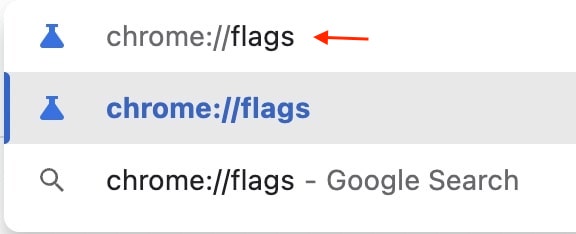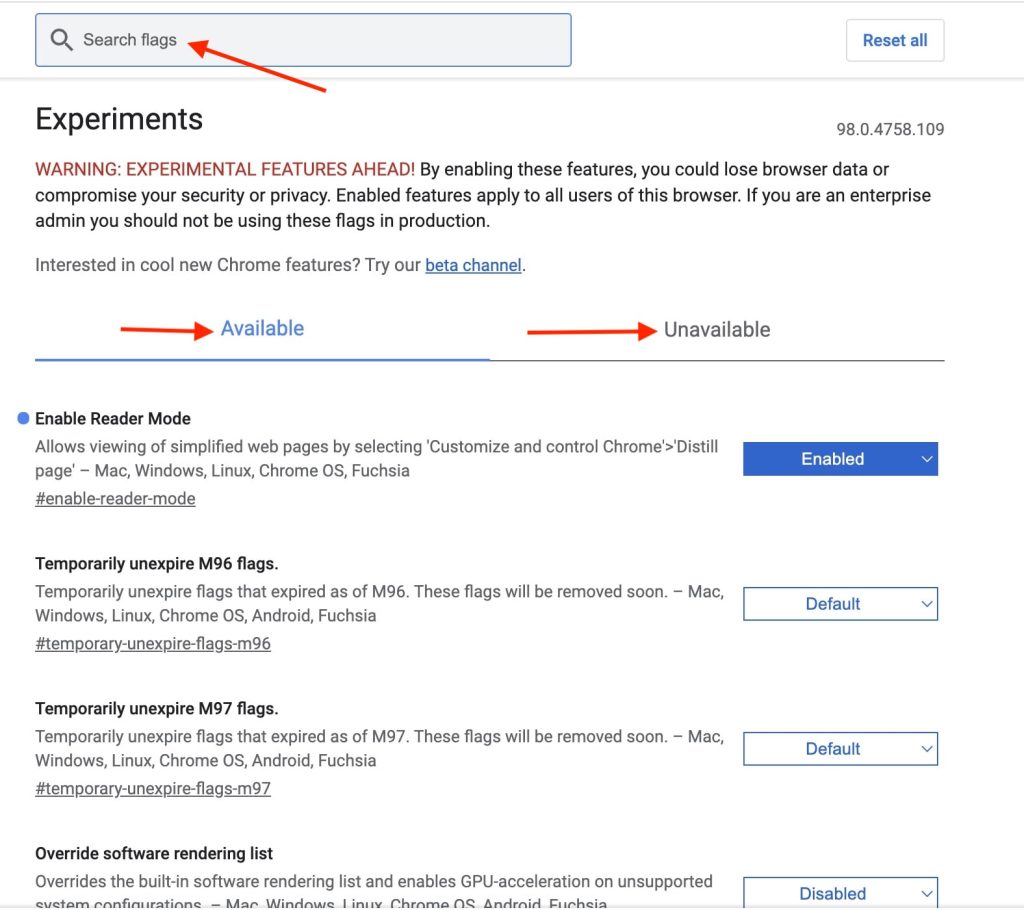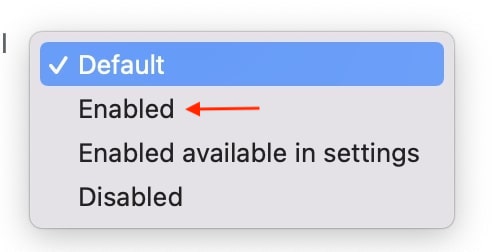What are Chrome Flags?
Chrome Flags are experimental features available for testing to the users. Considering the massive userbase of Chrome, Google can’t directly push a new feature to every user. There are several processes through which a feature goes and then only becomes available to the public. Before a feature comes out to the public build of Chrome, it becomes available as an experimental feature. All the tech-savvy chrome users love to tinker with these experimental features and want to test them even before they are rolled out to the public. Every Chrome user can try those experimental features, and based on their feedback, it is decided whether a feature should be rolled out to the public build or not.
Enable Google Chrome Flags to Test Beta Features
You don’t have to worry about specific platforms; Chrome Flags are available across all the platforms. However, there are flags available for different platforms. You might see a flag specific to Android or Windows. So now, when you know what Chrome flags are. Let’s understand how you can enable Flags and test beta features on Chrome. Step 1: Open Google Chrome on your Windows, Mac, Linux computer, or Android smartphone. Step 2: In the Chrome address bar, type chrome://flags and press enter. You will land on a page with a heading named Experiments. Below it, you will see some warnings. Step 3: The Experiments will be divided into two columns: Available and Not Available. The Available column houses all the experimental features available for your device. On the other hand, the Not Available column has all the flags not available for you. Step 4: You can scroll through the Flags or use the Search box at the top to find a specific Flag. Once you find a flag that you want to enable on your Chrome, tap on the Default box with a down arrow icon next to it. Step 5: Now, you will get three options: Default, Enabled, Disabled. Tap on the Enabled option to enable the selected flag. Step 6: You will get a prompt to Relaunch the browser. It is mandatory to relaunch the browser to take the changes into effect. You can enable as many flags as you want and then relaunch the browser once to avoid relaunching the browser again and again. That’s it; This is how you can enable Chrome flags on Google Chrome. After enabling a flag, you can start testing a feature even before it is available for all Chrome users. How do I enable flags in chrome? You can enable flags in Chrome by typing chrome://flags in the address bar. It will take you to the Chrome Flags page. From there, you can enable available flags. Don’t forget to relaunch Chrome after enabling a flag. What is the link for chrome flags? The link to access Chrome flags is chrome://flags. You can type it in the address bar of Google Chrome on any platform, and it will take you to the Chrome Flags page. What does chrome flag do? Chrome flag allows Chrome users to test experimental features. There are hundreds of features available as Flags for beta testing. A Chrome user can enable those flags to test the features. Depending on the feedback from the user, Google releases the feature to the public build. How do I enable chrome flags on Android? The steps to enable chrome flags on Android are the same as on Computer. Open Google Chrome on your Android smartphone and type chrome://flags in the address bar. You will land on the Chrome Flags page. Go through the available flags and enable the one as per your wish. After enabling a flag relaunch Chrome, take those changes into effect.
Final Words
Chrome flags are an exciting way to test experimental features on Google Chrome. It is available for every Chrome user no matter where they use the feature. Users can enable as many flags as they want and test beta features before they are released to the public build. Enabling Chrome flags are very easy, and I have provided steps to enable Chrome flags above in this article. Go ahead, follow the steps and enable a few Chrome flags on your browser.
Δ



